Understanding and Managing Keloids on Ear Piercings
What is a Keloid on Ear Piercing?
Keloids are a type of raised scar that forms when the body overreacts to skin injury. When it comes to ear piercings, the development of keloids can be particularly distressing due to their prominent location and the discomfort they cause. A keloid on an ear piercing usually manifests as a firm, rubbery, fibrous nodule that extends beyond the boundaries of the original piercing wound. They can vary in colour from flesh-coloured to pink, red, or dark brown and may continue to grow over time, becoming itchy or painful.
The exact cause of keloid formation is not entirely understood, but it involves an overproduction of collagen during the wound healing process. Unfortunately, once a keloid forms, it can be challenging to treat and often requires a combination of therapies to manage effectively.

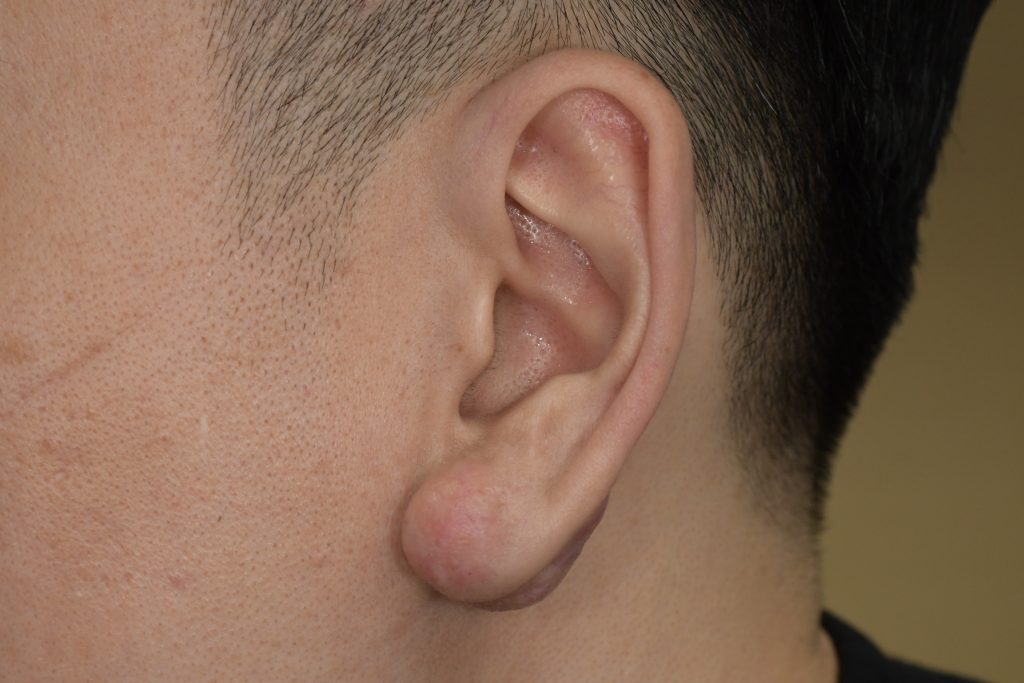
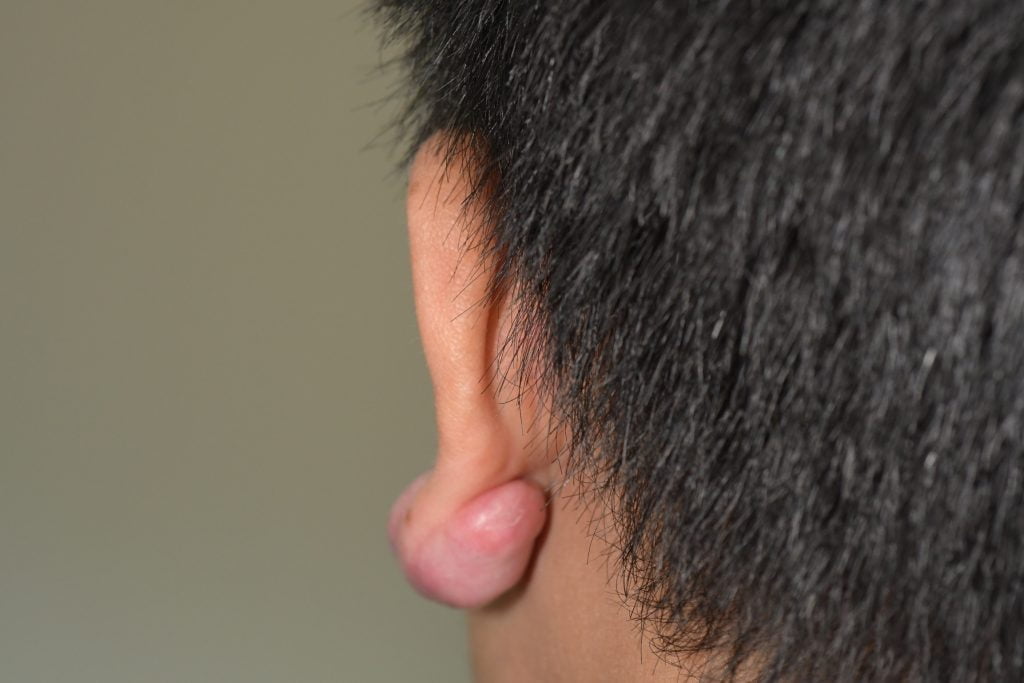
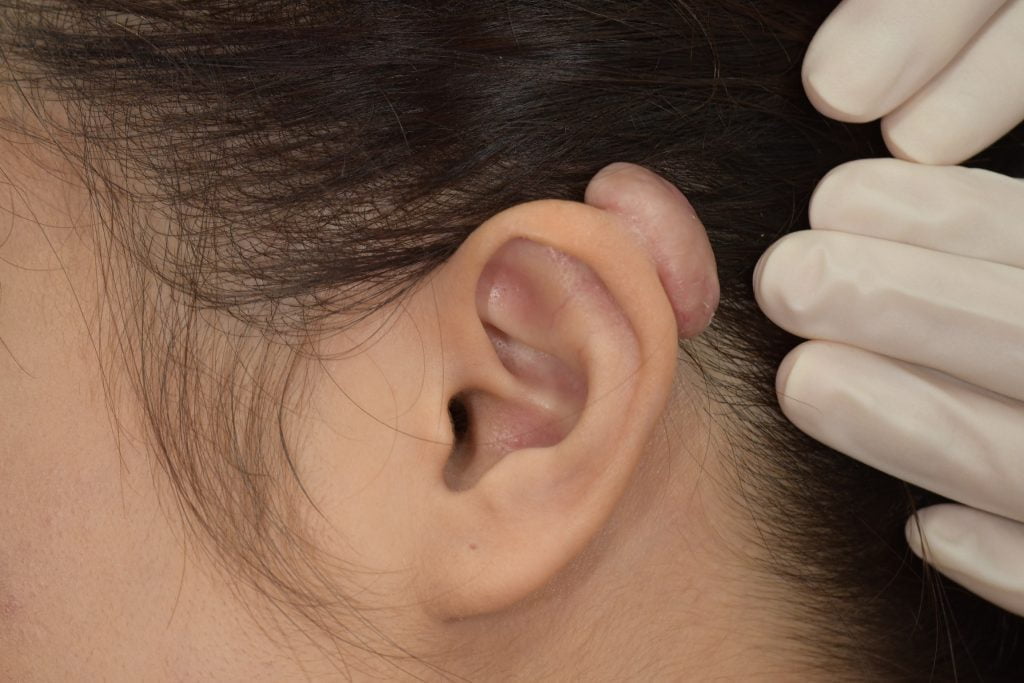
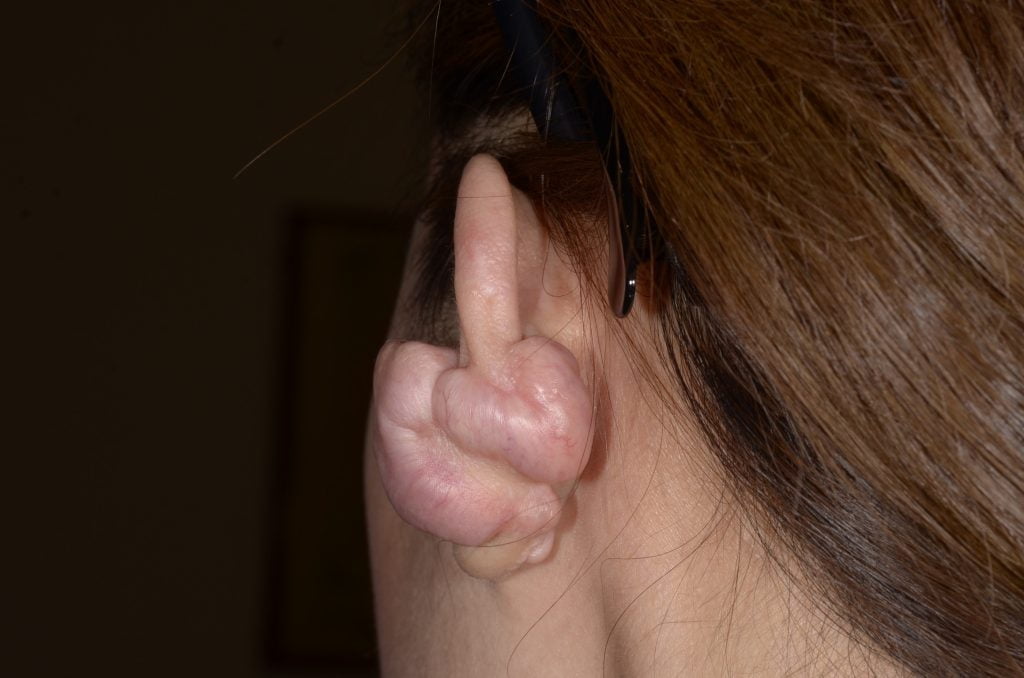
Keloids on ear piercings are common, occurring in both the earlobe and cartilage areas. In the early stages, they can be as small as a soybean but have the potential to grow larger over time.
Causes and Risk Factors of Keloid Formation on Ear Piercings
Why Do Keloids Form on Ear Piercings?
Keloids form when there is an overgrowth of scar tissue at the site of a healed skin injury, in this case, an ear piercing. Normally, when the skin is injured, the body produces new tissue to repair the wound, and this tissue is made up of collagen. However, in the case of a keloid, the body produces too much collagen, leading to a raised, thickened scar that extends beyond the original injury site.
Several factors can increase the likelihood of developing keloids on ear piercings:
-
Genetics: If you have a family history of keloids, you are more likely to develop them.
-
Skin Tone: Individuals with darker skin tones, such as those of African, Asian, or Hispanic descent, have a higher risk of developing keloids.
-
Age: Keloids are more common in people between the ages of 20 and 30.
Treatment Options for Keloid Scars on Ear Piercings
Your doctor may suggest one or more of the following to treat a keloid on your ear:
-
Steroid Injections: Corticosteroid injections can help reduce the size and flatten the keloid by reducing inflammation and slowing down collagen production. Multiple injections over a period of time are often necessary for optimal results.
-
Pressure Therapy: Pressure earrings or clips can be used to apply constant pressure to the keloid, helping to flatten it over time. This method is more effective when used in combination with other treatments, such as steroid injections.
-
Intralesional Cryotherapy: This involves the use of a specially-designed needle, placed through the core of a keloid, to deliver liquid nitrogen at −196 °C, which freezes the scar from the inside. This method is considered more effective than spraying liquid nitrogen on a keloid as it covers a larger internal freezing area.
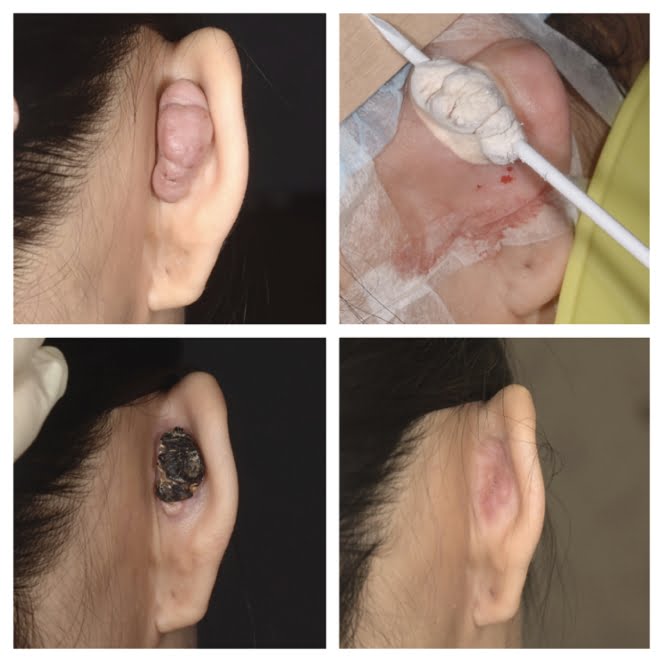

Surgical Excision: The keloid is surgically removed, and the wound is carefully closed to minimise the risk of recurrence. This procedure is often followed by steroid injections, pressure therapy, or radiation therapy to prevent the keloid from recurring.
Radiation Therapy: Post-surgical radiation therapy can be highly effective in preventing keloid recurrence. This treatment involves delivering low-dose radiation to the area immediately after surgical excision. The success rate is higher when radiation therapy is administered within 24 hours of surgery.
Laser Therapy: Laser treatment can reduce the size of keloids and improve their appearance. It is often used in combination with other treatments to enhance results.
We recommend consulting with a healthcare provider experienced in keloid management to ensure personalised care that addresses your specific circumstances effectively.
Contact Us Now for Free Preliminary Assessment
Case Sharing
Slide left and right on the images to compare the conditions before and after treatment.
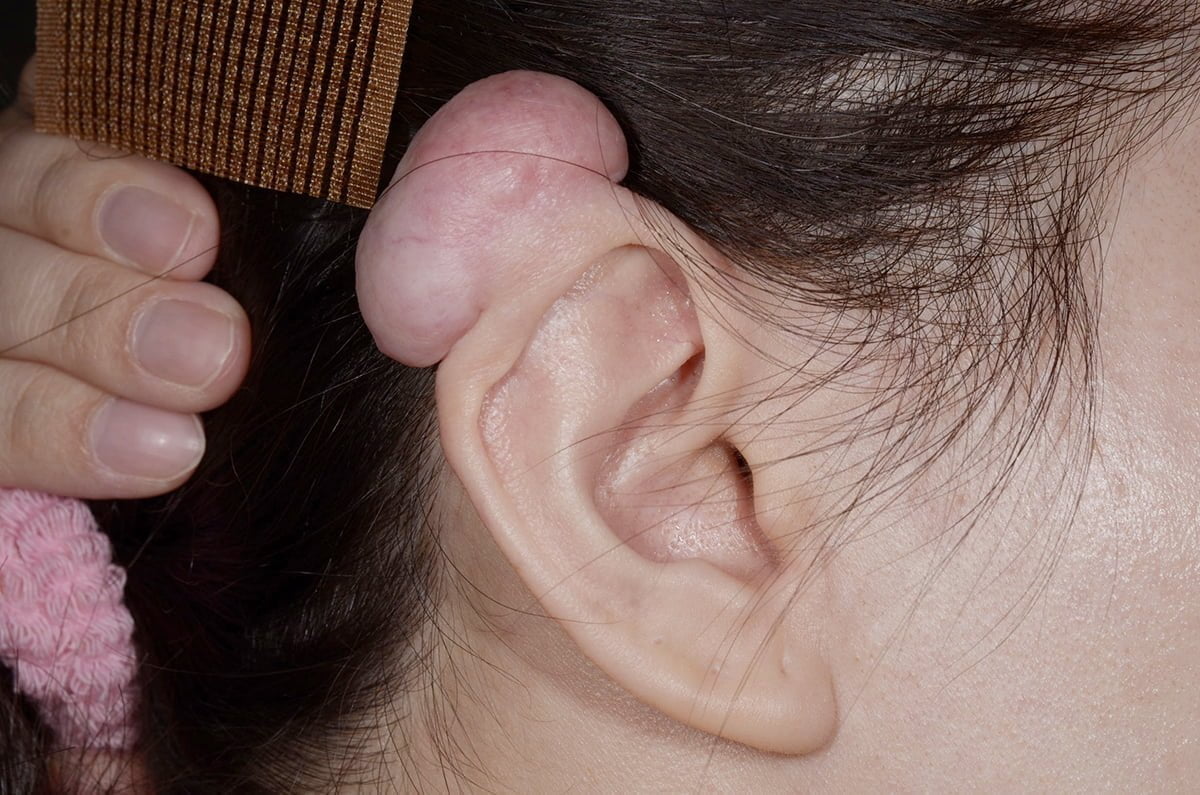

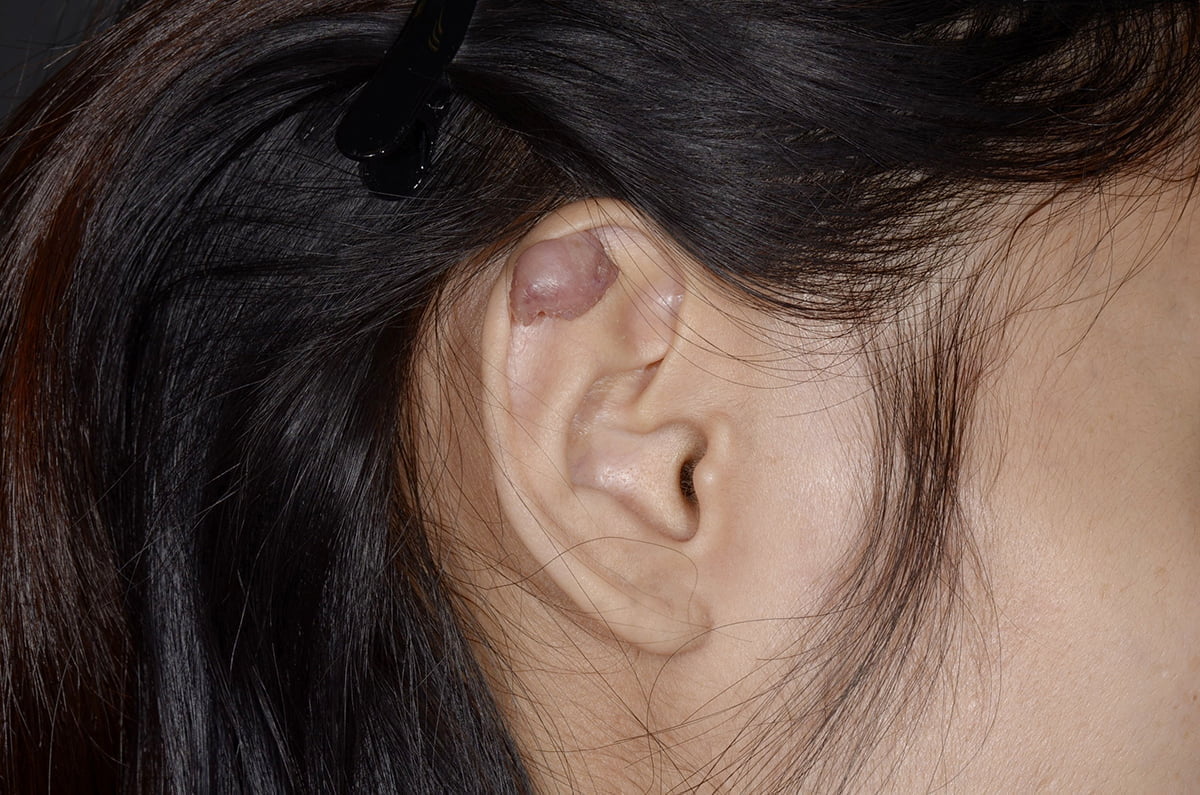
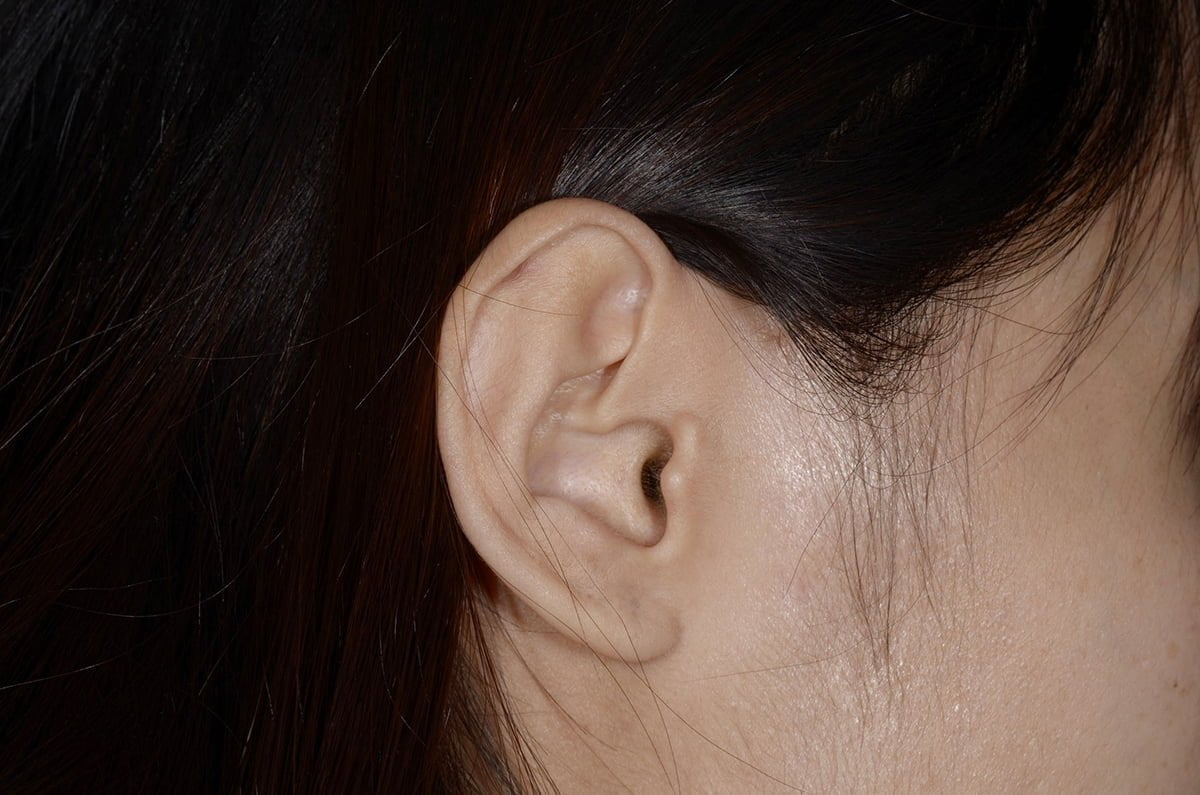
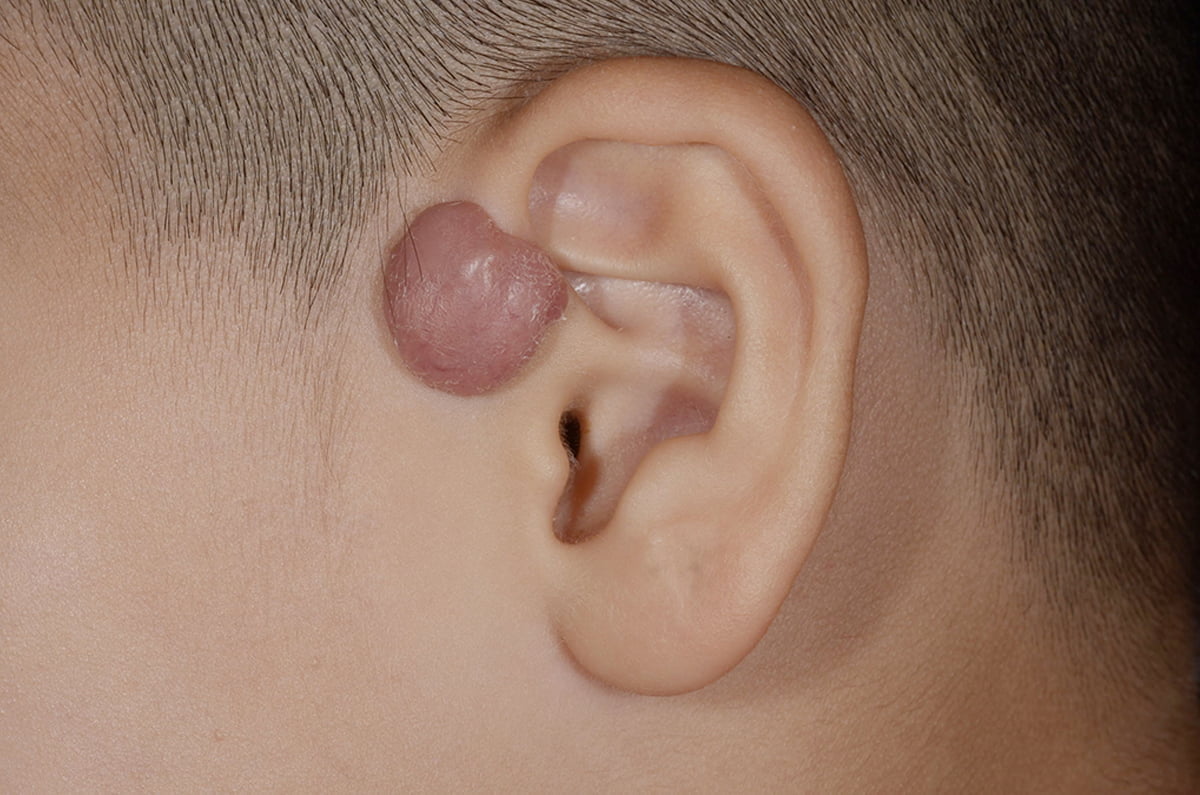
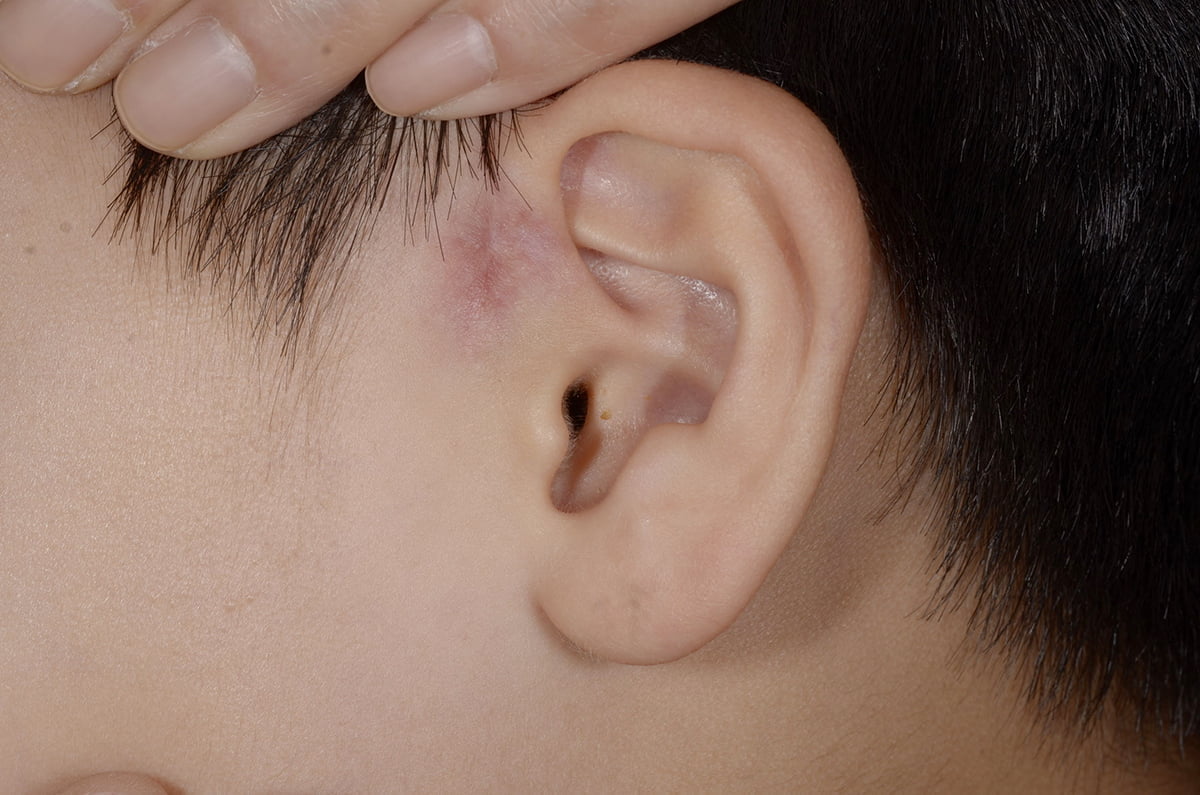
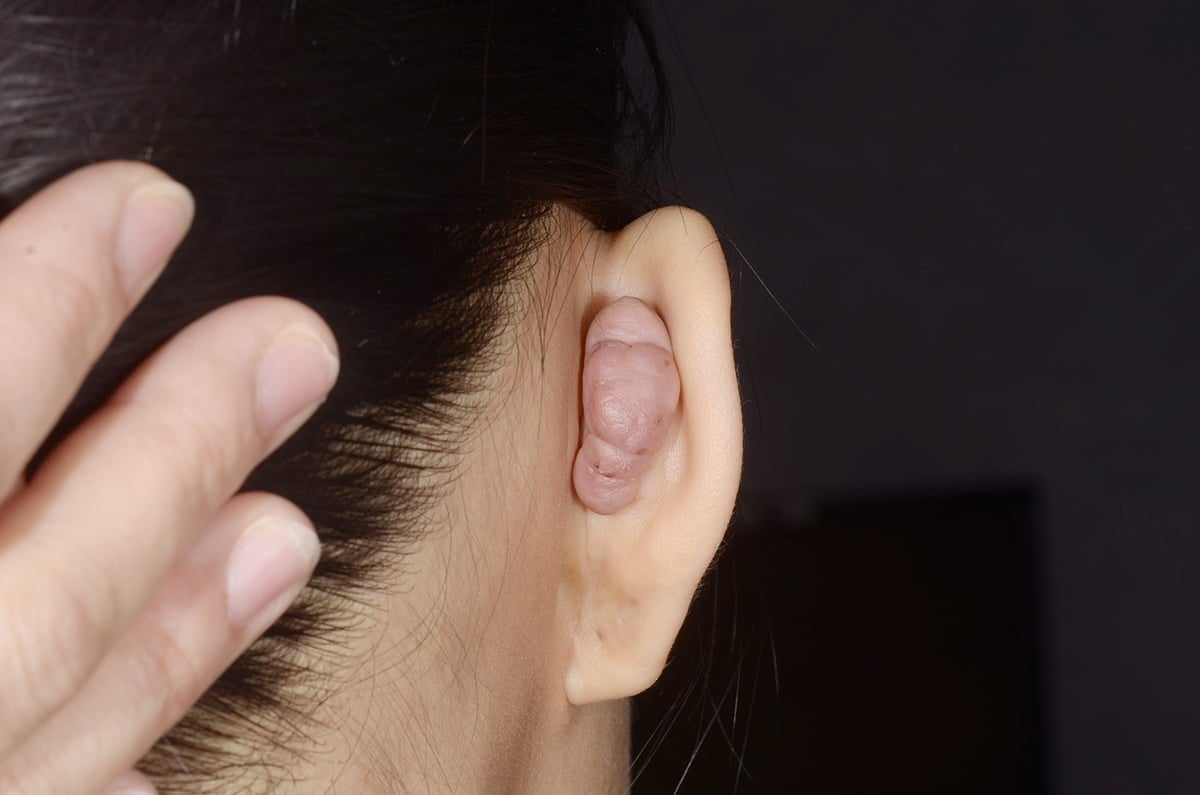
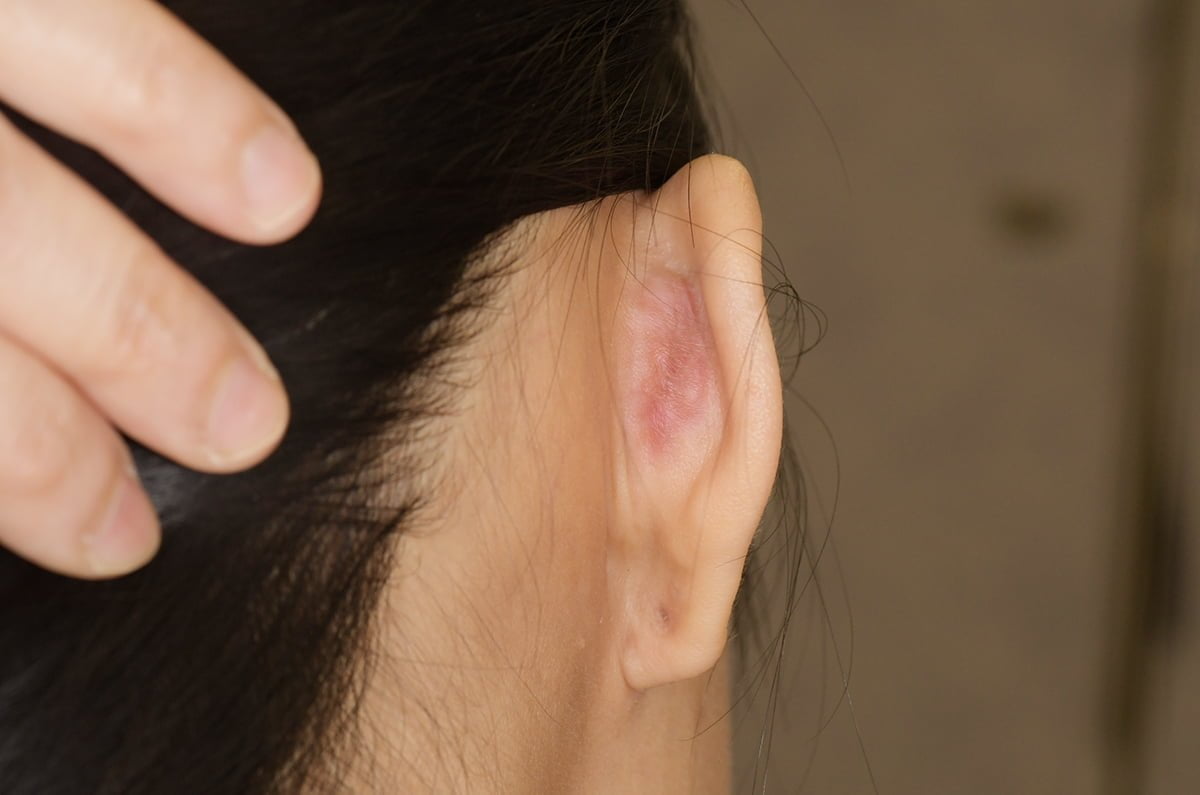
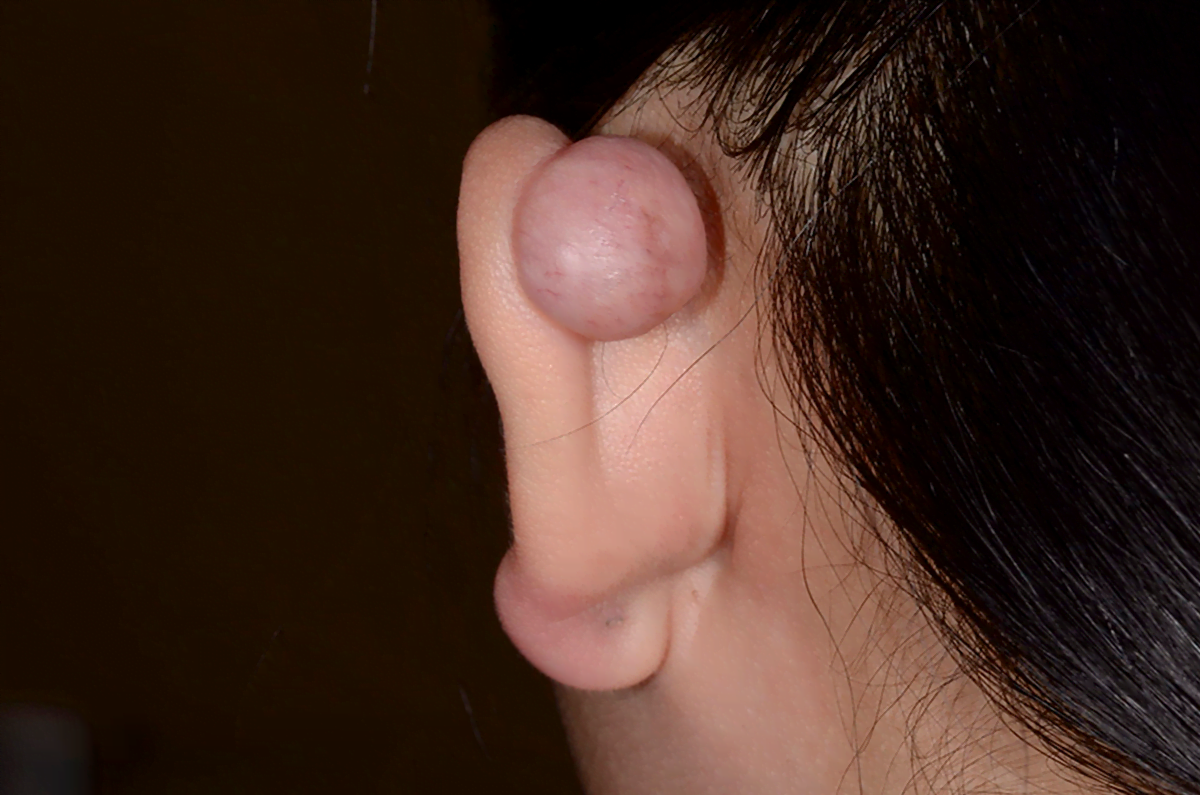
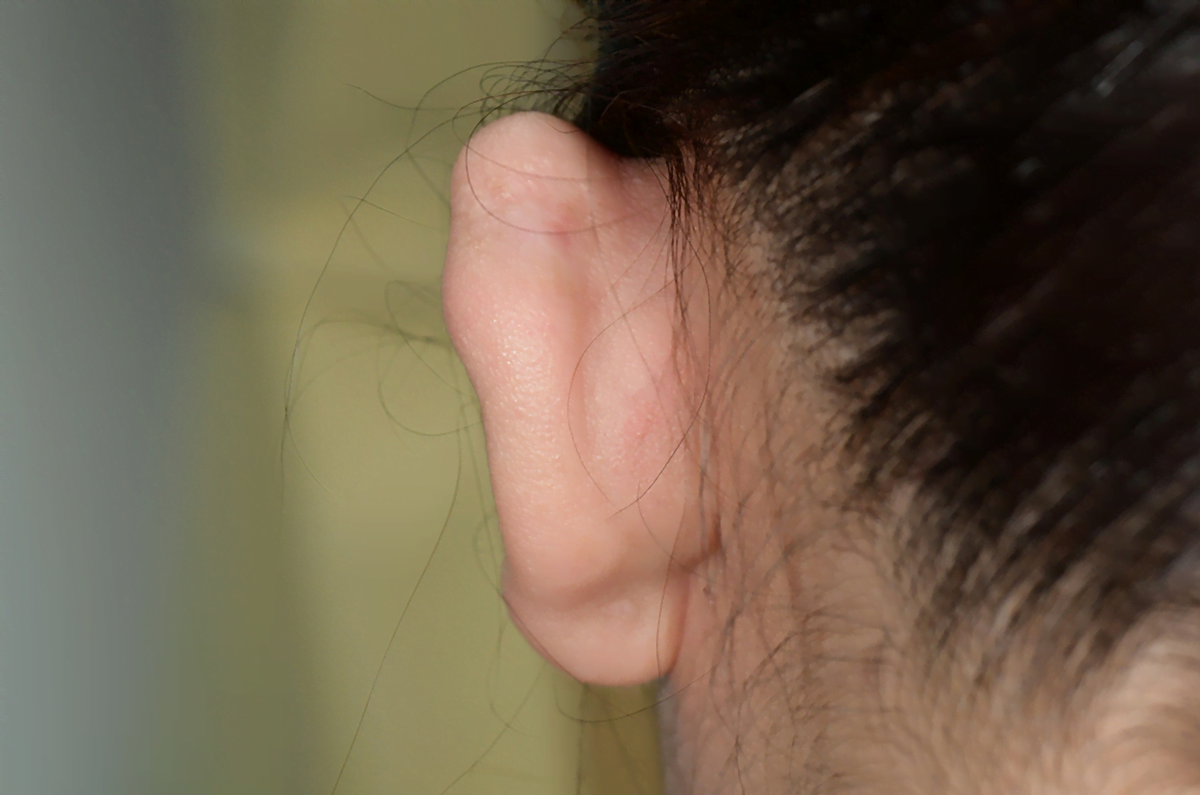
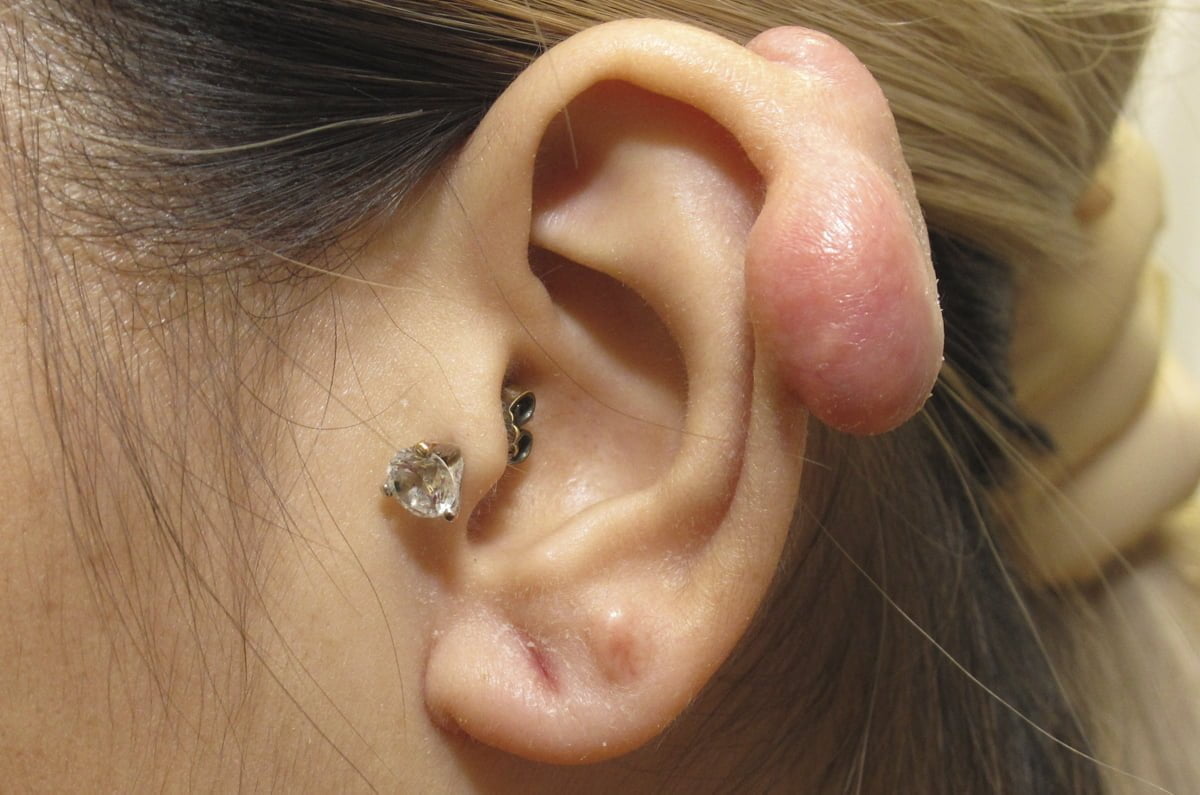
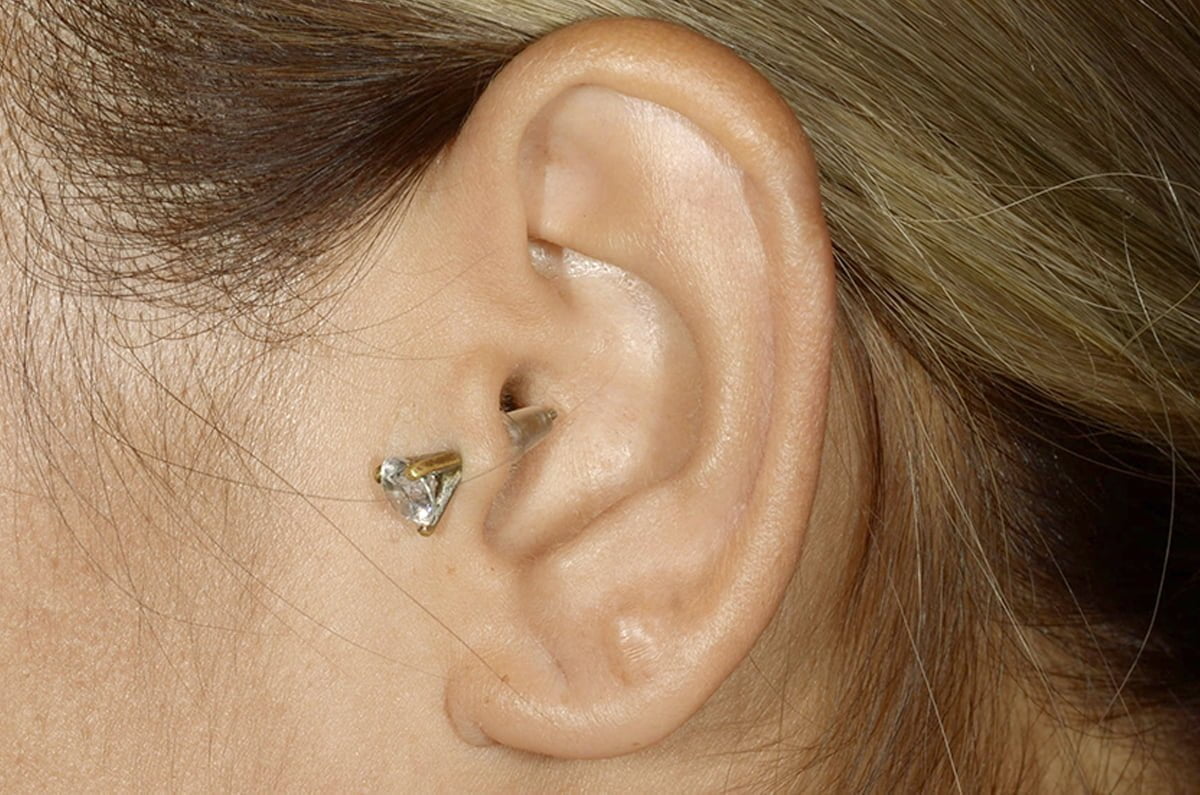
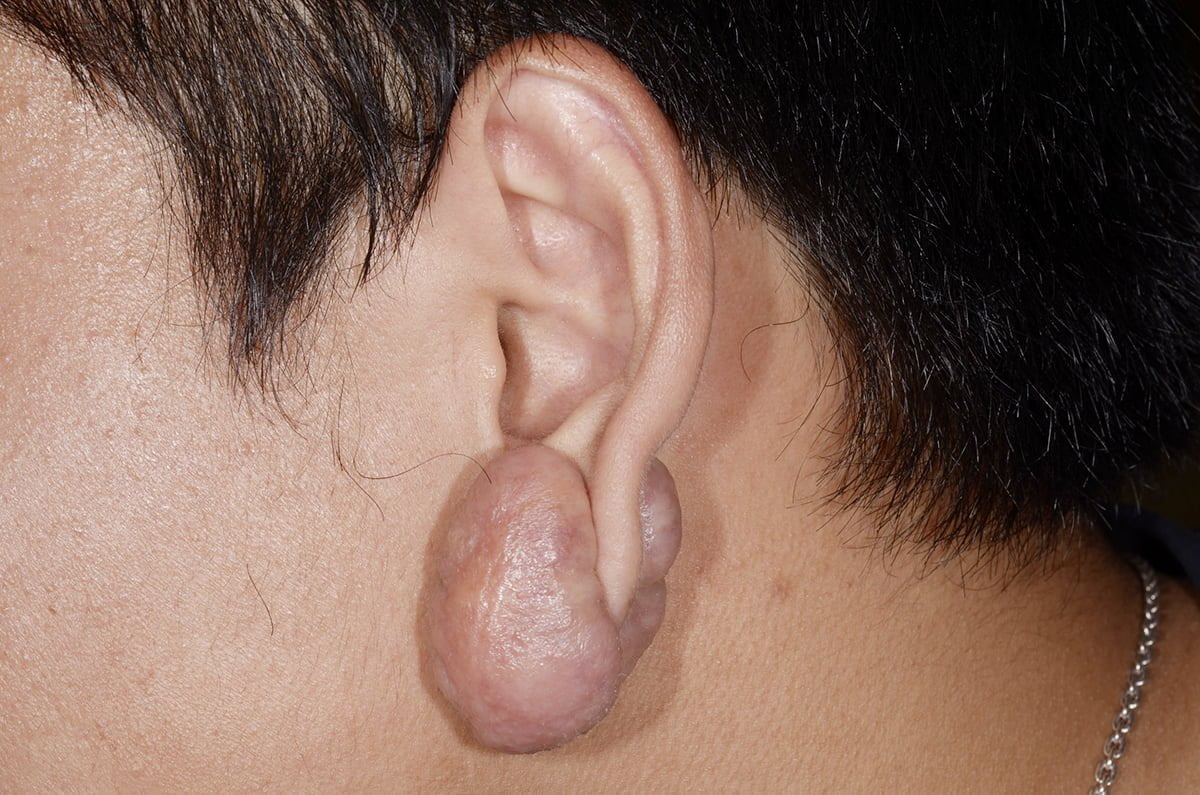
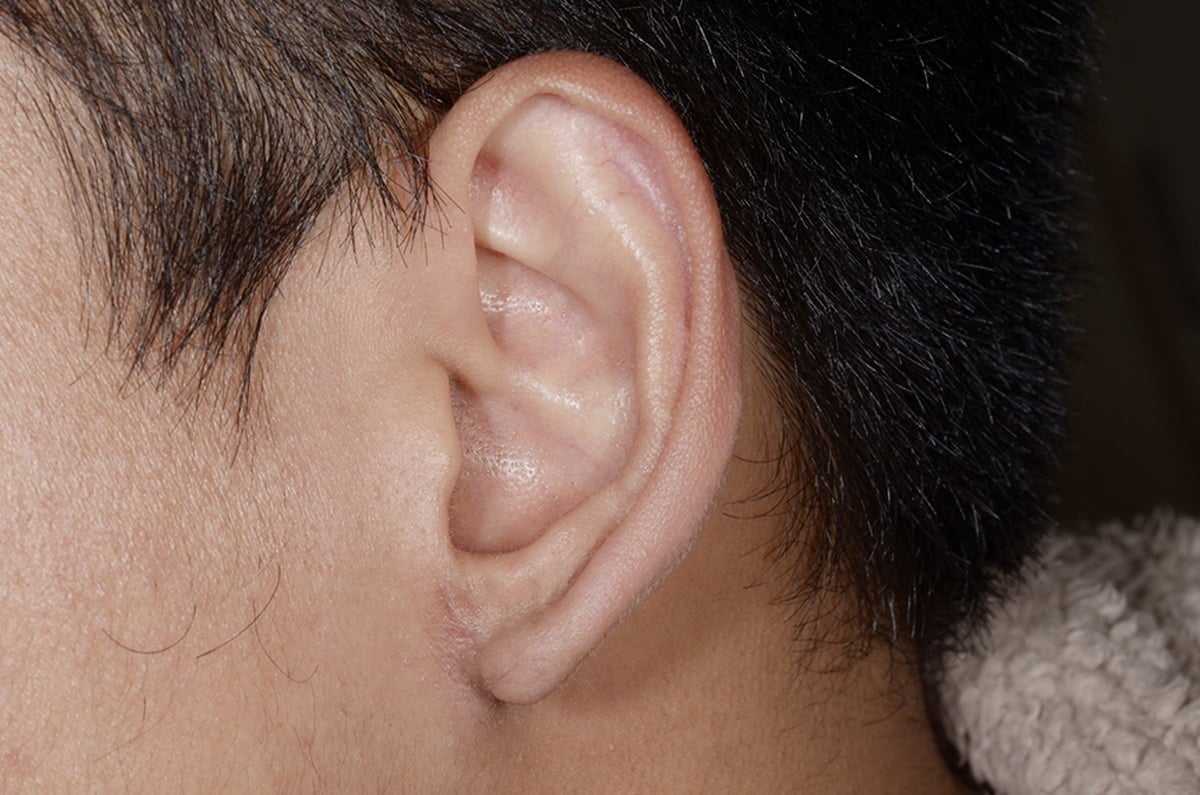
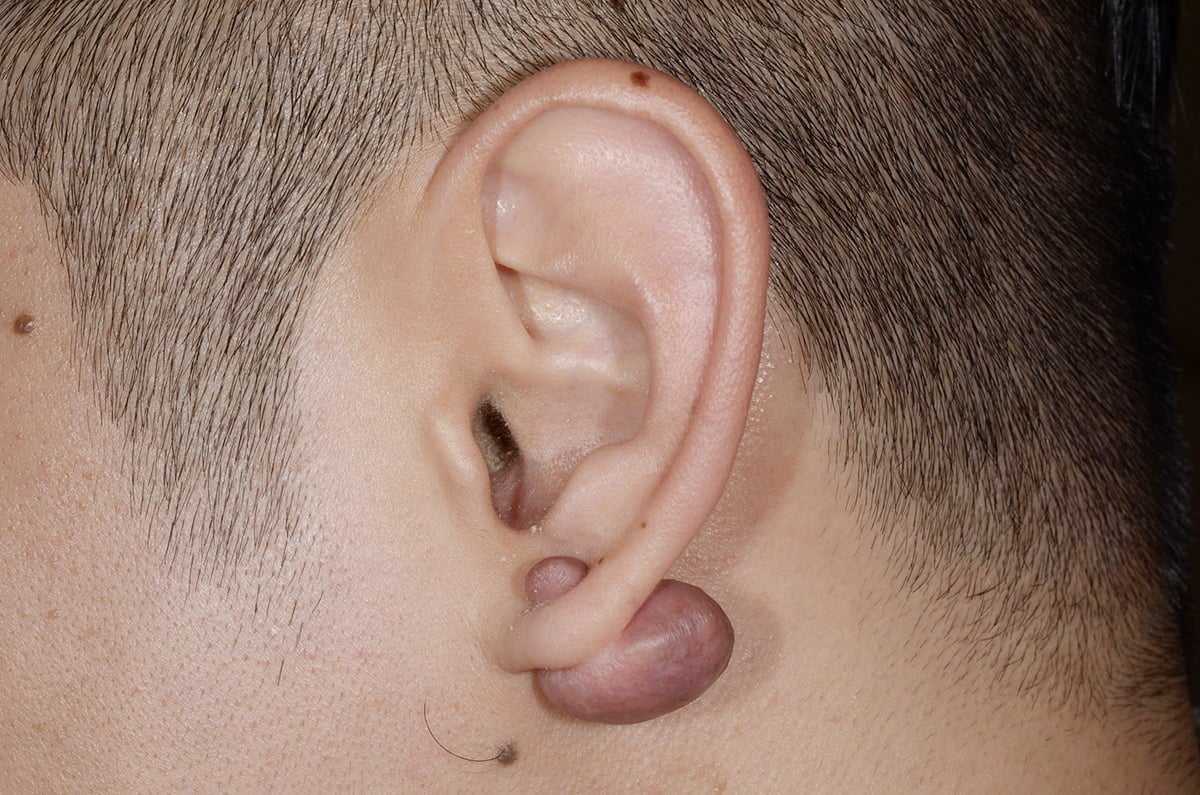
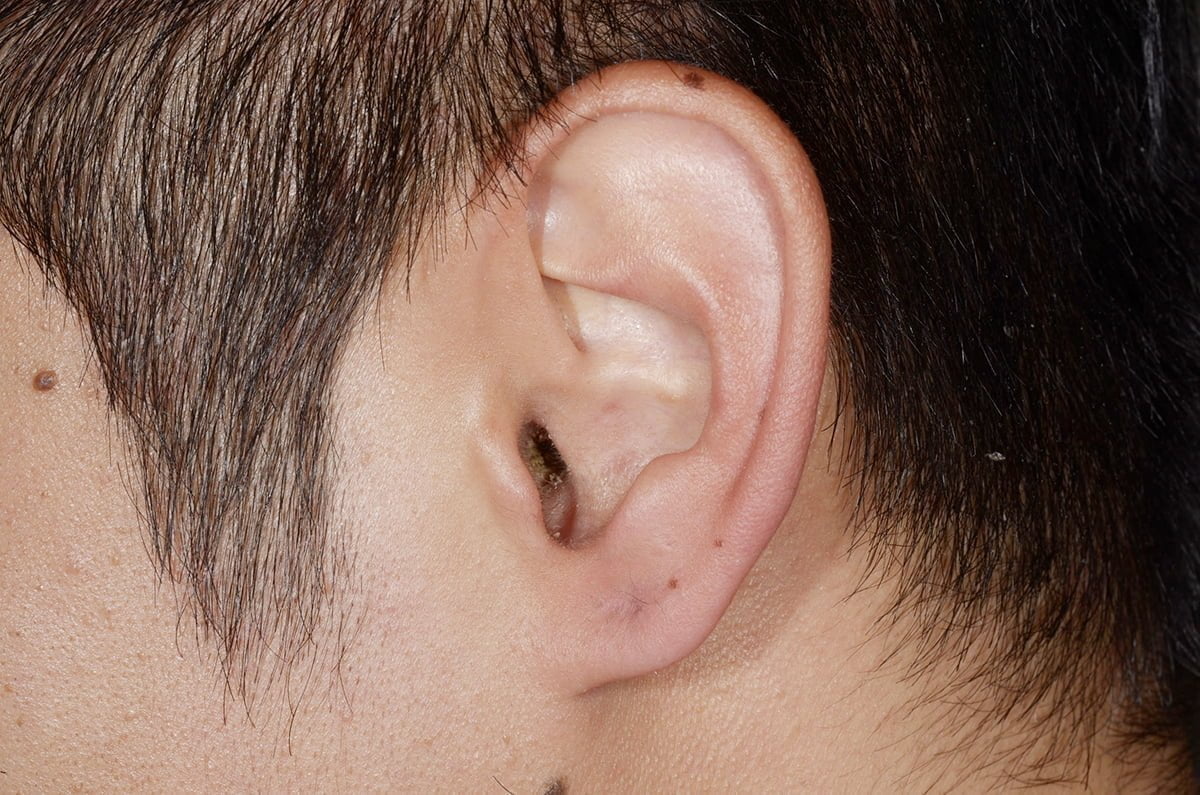
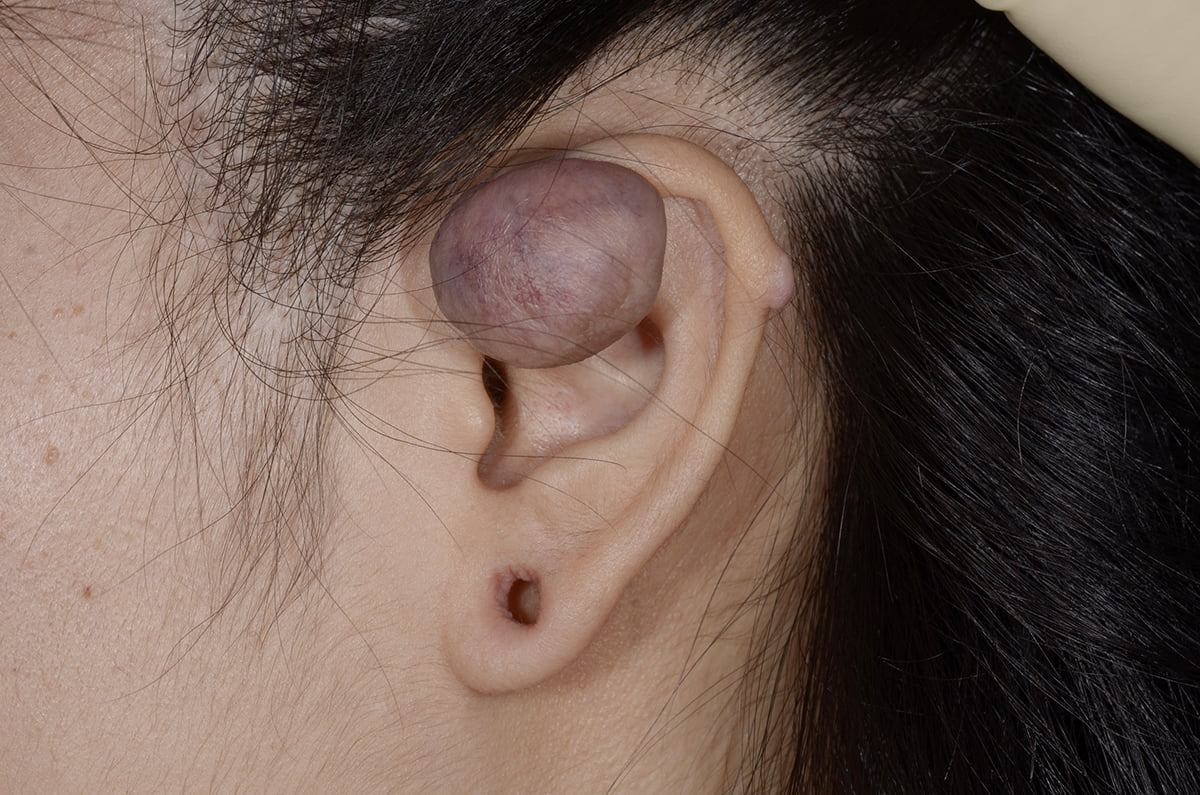
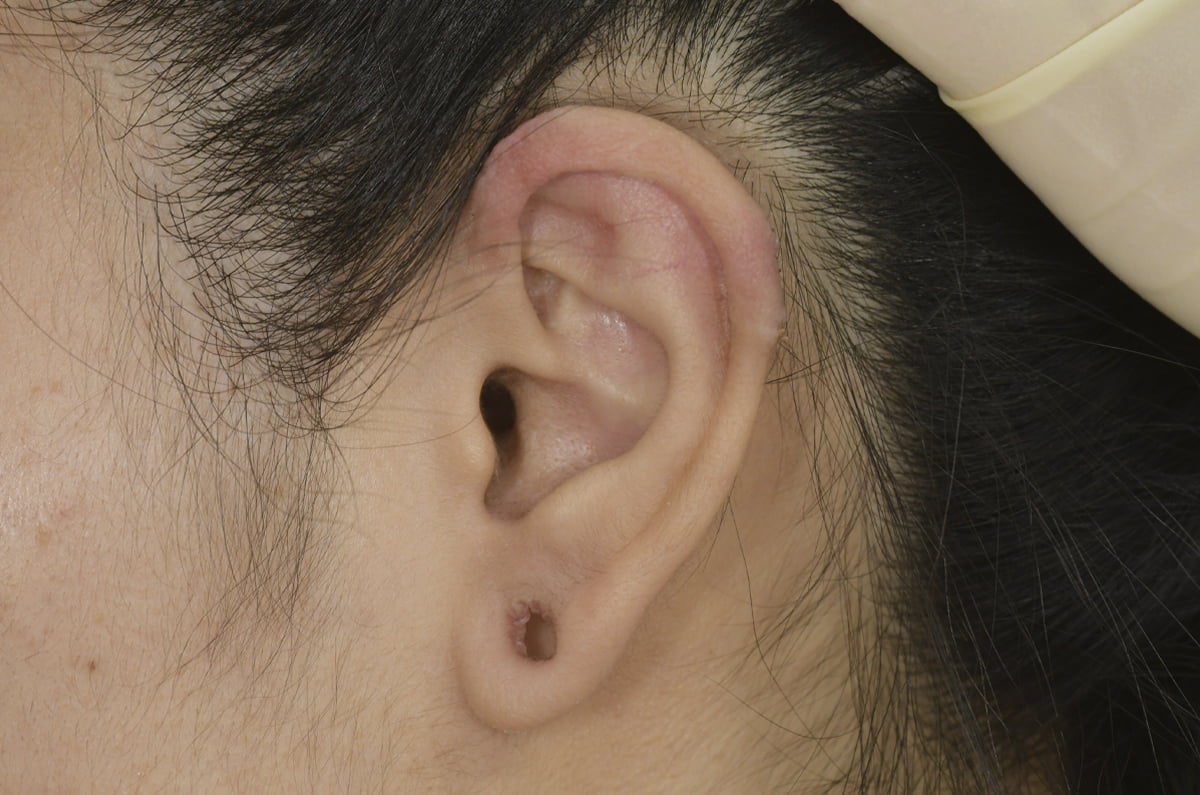
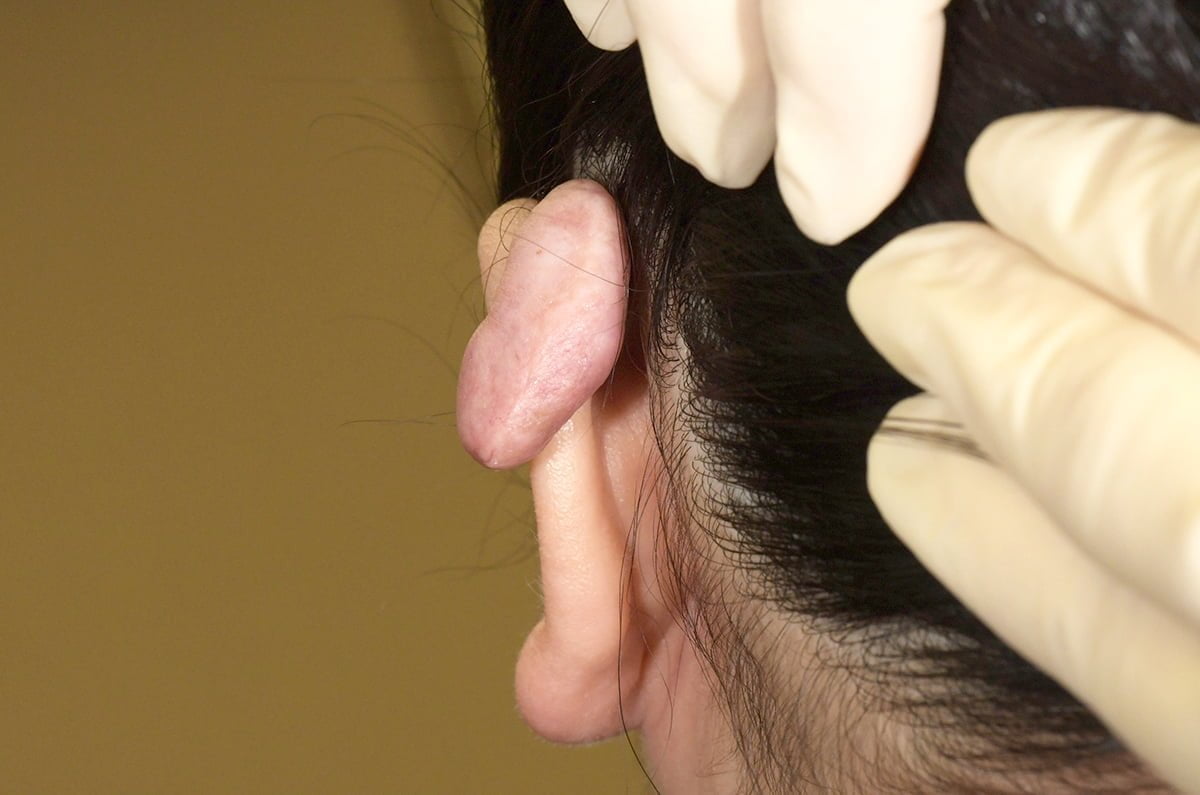
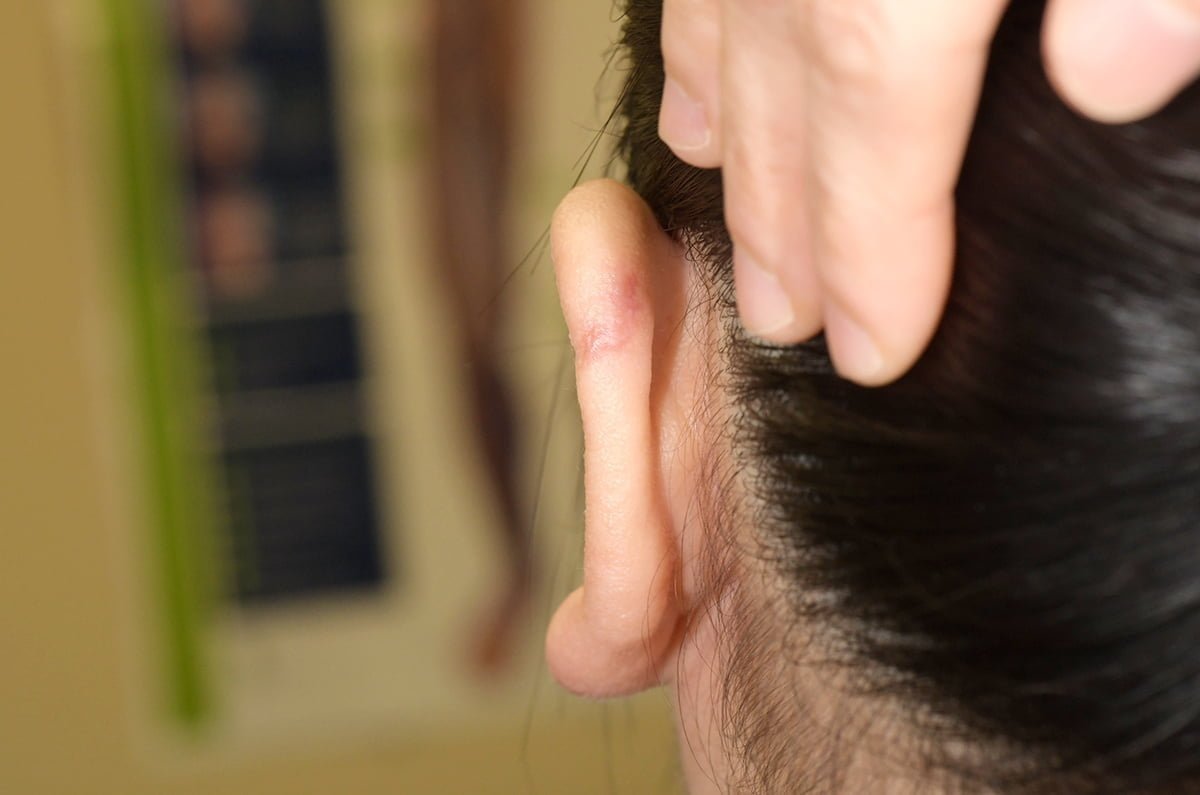
Preventing Keloid Formation After Ear Piercing
Tips for Minimising the Risk
-
Choose a Professional Piercer: Always have your ear piercing done by a professional in a clean, sterile environment to reduce the risk of infection and minimise trauma to the skin.
-
Follow Aftercare Instructions: To maintain cleanliness, refrain from touching the piercing with unclean hands. Avoid swimming, intense exercise, and contact with irritants like perfume and hairspray during the initial phase. Sleep on your back to relieve pressure on the ear piercing when sleeping on your side.
-
Pay Attention to Earring Materials and Designs: In general, earrings made of pure white gold, pure gold, silver above 925 sterling, and pure titanium are less likely to cause allergic reactions and inflammation, while those containing nickel or chrome pose higher risks. Opt for lightweight earrings to avoid putting strain on the piercing.
-
Monitor Your Piercing: After getting your ears pierced, vigilantly observe the wound’s condition. If you notice any signs of inflammation or potential keloid development, promptly seek medical assistance. Doctors will suggest suitable treatments, including preventive measures like scar removal products and pressure therapy. It is worth noting that keloids might not surface immediately after the piercing; the “latent period” can last up to one and a half years or more.
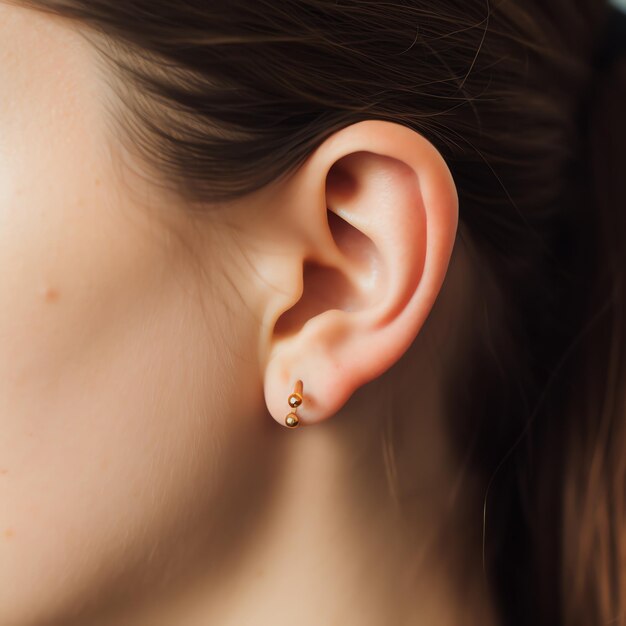
Conclusion
Managing keloids on ear piercings can be challenging, but with the right approach, their impact can be minimised. Whether you’re dealing with a small or large keloid, it’s important to explore all available treatment options and collaborate with a healthcare professional to find the best solution. Preventive measures are also crucial, especially if you are prone to keloid formation. By taking care of your skin and following expert advice, you can reduce your risk and enjoy your piercings without worrying about keloids.
Contact Us Now for Free Preliminary Assessment
Frequently Asked Questions
Keloids can potentially start to form within weeks to years following an ear piercing. Monitoring the piercing site vigilantly during the initial healing period is crucial to identify any abnormal tissue growth early on. Prompt intervention upon noticing keloid-like symptoms can help manage the condition effectively.
Keloids are unlikely to disappear on their own and often persist without intervention. They may even continue to grow if left untreated. Seeking medical advice for appropriate treatment is essential to manage keloids effectively and prevent further complications.
While some people experiment with home remedies such as tea tree oil or aloe vera for keloids, these remedies lack substantial scientific evidence backing their effectiveness. Consulting a medical professional is crucial for accurate diagnosis and the implementation of suitable treatment plans tailored to the specific characteristics of the keloid.
If you have a history of keloid formation, it is advisable to exercise caution when considering new piercings. Consulting with a doctor beforehand can help assess the risks and determine the best course of action to prevent keloid development or aggravation.
The best treatment for keloids on the ear often involves a combination of approaches tailored to the individual and the characteristics of the keloid. It’s essential to consult with a healthcare professional to determine the most suitable treatment option for your specific situation.
